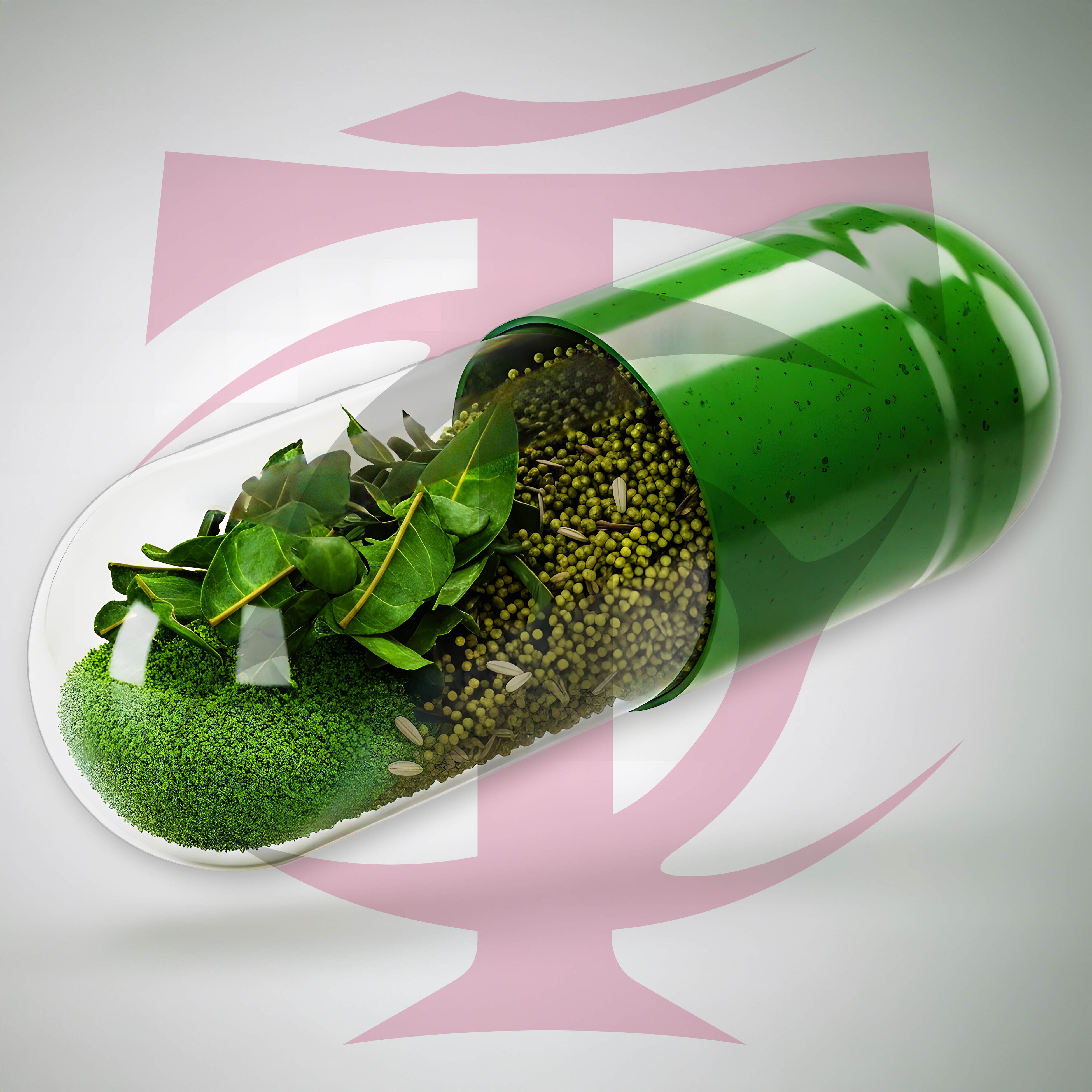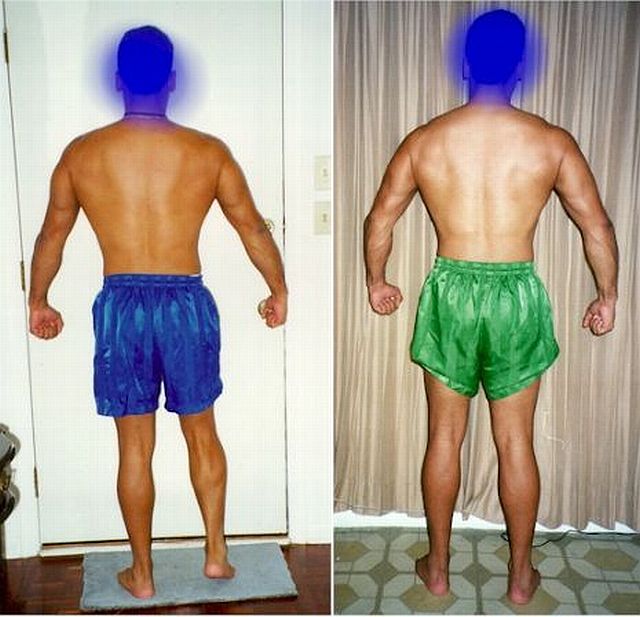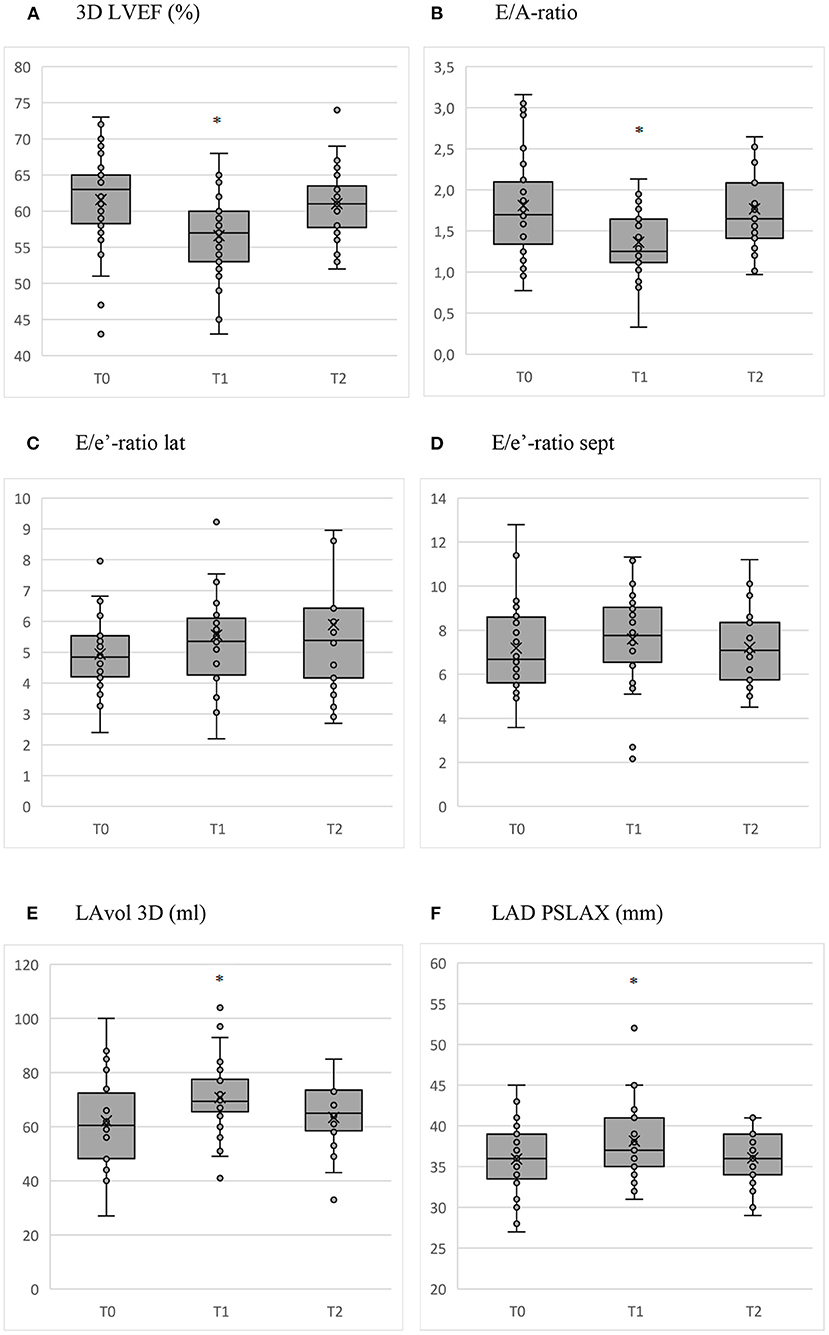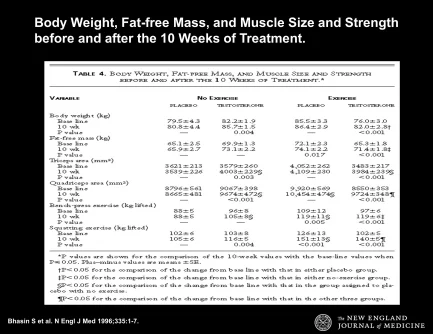Hi again everyone and thank you for the lively comments, both critical and supportive. I spent the better part of the last couple of week doing some further research as promised, and here are my responses. [Note that I bracketed all of my specific questions with three forward slashes "///" to make it easier on those who are interested in responding.]
TRT
First, I should state that I think my first post was mistaken (in more ways than one, but in one way in particular), in that I described bringing my TT levels to 1,100 ng/dl as “supraphysiological”. It would be more accurate to call those levels “the upper limit of natural”, as the normal range for healthy men (depending on whom you ask) is 200/300 to 1,100 ng/dl. I think the term supraphysiological should be reserved for those who push their levels to 1,500 ng/dl and beyond. With that in mind, I’m even more convinced now that using TRT to get up to 1,100 would be within the realm of safe. On that note, I think I should press those who criticized me for contemplating TRT citing reasons of health and safety to please be more specific. Forgive me if I missed it, but I wasn’t able to find in any of your responses a
specific, significant, quantifiable, direct, and unavoidable health risks, based on objective data, when:
- Using TRT to bring my levels to 1,100; while also
- Monitoring my bloodwork regularly and managing the side effects (donating blood, taking HCG, etc.) to ensure that my labs stay within the normal range; and
- Doing so indefinitely, so that there’s no worrying about my natural levels of production getting shut down (I won’t need endogenous production if I’m committed to TRT for life).
All critical responses were flawed in that they were vague, e.g.
@readalot's comment,
“the risks that come with HPTA shutdown and high TT levels”.
Please be specific: ///what is bad about HPTA shut down (assuming you stay on TRT forever) and high TT levels (assuming your bloodwork is fine and your dosing is managed to ensure that it remains so)?///
Or the responses were flawed, describing not the risks of increasing testosterone to upper natural limits but rather of extremely high, exogenous testosterone injections (i.e. bringing my TT to 1,500 or above using synthetic testosterone derivatives or other anabolic steroids). It is quite obvious that testosterone levels that high will put tremendous and unavoidable pressure on your cardiovascular system, liver, etc., but I wasn’t asking about that.
For example,
@readalot: your comment,
“Yes, testosterone is an anabolic steroid and don't fall for the BS that testosterone is bioidentical and the other synthetic AAS are the only culprits when it comes to cardiovascular harm.”
was a very good point and elucidated a lot that I don’t know about anabolics. I looked into the studies you referenced, however, and most of them are those that analyzed the effects of extremely high doses of anabolics, not the “upper limits of natural” that I’m talking about.
I can’t emphasize enough the importance of factoring into your response the understanding that I’d be monitoring my bloodwork, keeping my TT under 1,100, and following Nelson’s protocols, a fact which seemed to go ignored in previous responses. This is not the same as carelessly injecting, consequences be damned. I am not asking what the risks of supraphysiological testosterone are: that answer is quite clear. ///
I am asking what the risks of increasing testosterone to upper limits of natural, while maintaining good labs, are.///
Supraphysiological Levels & Steroid Cycling
Moving on, I’d
now like to discuss supraphysiological testosterone.
“It is OK to do a higher dose testosterone cycle for muscle gain and fat loss. If I was you, the only concern would be how long it would take for me to reach my baseline T level after stopping the cycle. Some guys never go back to that baseline but most do within 6-12 months. Some may try a PCT with hCG and Clomid to accelerate that recovery. But we have very limited data on PCT-assisted HPTA recovery.”
@Nelson Vergel, with your above comment, you got me doing some more research. I looked into steroid cycling and read through your e-book as well as William Llewyn’s “Anabolics” albeit cursorily. As mentioned above, it’s quite clear that using anabolic steroids to bring your testosterone to significantly higher levels is harmful to your health. It’s more difficult, however, to quantify the harm with relation to dosage and length of use.
@Dicky, you made a great point:
“These studies are interesting and can def serve as a warning to potential users. What I dislike about these types of studies is that they usually say something like "AAS use/abuse is associated with (some adverse impact here)". To me it is super annoying that scientific articles are written about this subject, with no quantification of dosages involved.”
Llewyn’s book cites a few studies and concludes:
- “The long-term use of steroids for nonmedical reasons can be a significantly unhealthy practice.” No surprise here, but he also writes:
- “Anabolic/androgenic steroids are among the safest drugs available, at least in a short-term sense. Fatal overdose is not reasonably possible, and the negative health changes such as alterations in cholesterol, blood pressure, hematocrit, and blood clotting (among other things) are very unlikely to manifest in serious bodily harm or death after an isolated cycle. There are rare deaths from such things as stroke and liver cancer in short-term abusers, but such occurrences are statistically extremely rare in light of the millions of people that use these drugs. If you had to comparatively rate the acute risks of AAS abuse, they would be slightly higher than marijuana, but far less than virtually all other illicit narcotics.”
Llewyn’s main point is that many anabolic steroid users
abuse steroids, following the “blast and cruise” protocol of getting on a cycle and staying on it indefinitely. These users obfuscate the risks of mild and moderate use. During your cycle, your blood pressure will rise, your heart’s left ventricle will grow, etc. ///But what if this harm is limited to only a 10–12-week period?/// A weekend of heavy drinking is different from lifetime of alcoholism. It’s careless to throw all steroid use into the same bucket and call it all bad.
I know many of you are going to say that, if you only do one cycle, you’ll lose all the gains you made once you stop. However, this doesn’t seem to be what the data says. One cycle whose benefits you maximize through intense exercise in the gym will gain you substantial muscle. Some of it will go away once off, but not all of it. Plus, you’ve pushed your genetic limit and your muscles have memory. The gains you made have lasting benefits. In response to the “one cycle plan” being a fantasy due to the addictive nature of steroids, I think this depends on the individual and their goals. I carry no dreams of having a bodybuilder’s body; just a better one with a more relaxed diet. 10 lbs of additional muscle, accompanied by a moderate degree of fat loss, would be more than enough for me. It also comes down to the individual knowing themselves and knowing whether they can tell themselves to stop.
However, as
@Nelson Vergel said, what’s scary about even one cycle is
the risk that your natural production will cease permanently. This appears to be the real risk of one steroid cycle, not permanent damage to your cardiovascular system. ///Is this the case even if you follow a solid PCT protocol, though? Is there
no way to rule out this risk altogether?/// The thought is to do one cycle and stop (forever).
@DS3, you said you had one cycle with no recovery. ///Did you have a proper PCT protocol? /// You mentioned that there’s no scientific consensus on the effectiveness of any PCT protocol. ///What do others think about his comment? Do they agree?///
Here’s a thought experiment: what if you were to do one steroid cycle (just one, forever), followed by a PCT protocol and, if unsuccessful, go on TRT thereafter. ///Will you do permanent, lasting, material damage to your health from that one cycle?/// ///And if not, can TRT solve the problem of endogenous production shutdown?///
@bixt, you commented,
“Clomid 12.5mg to 25mg ED will probably get you to 1200-1500ng/dl easily and no harm to your HPTA. Thats the safest way to test those levels without harm.”
///Can you go into this in more detail? I read that clomid is a supplementary drug for those who are on steroids and who want to mitigate the feminizing side effects.///
Some Non-Testosterone Ideas
One other PED that I’m considering is ipamorelin combined with CJC-1295, which is a combination of two peptides that synergistically work to stimulate the body’s own release of human growth hormone. It seems like the jury is still out on what the long-term health effects are for this, but ///curious if anyone has any thoughts on this///. My understanding is that the benefit of this over exogenous testosterone is that it doesn’t shut down the body’s own production, so, unlike TRT, it can be tested.
Also,
@Kenny Croxdale, great post about the different key elements of building muscle. Your article on metabolic flexibility got me curious, but I was having trouble understanding it. ///Are there any other resources to which you can refer me to learn more about metabolic flexibility and its role in improving body composition?///
Some Philosophy
I’d also like to take a minute to respond to some of the comments that criticize those seeking to learn more about PEDs or supplementation as “lazy” or unwilling to put in the work, glorifying hard work and slow progress. I’m going to have to say, I respectfully disagree. There is no inherent glory in hard work over
smart work, and these comments remind me of famous economist, Milton Friedman’s, story:
While traveling by car during one of his many overseas travels, Professor Milton Friedman spotted scores of road builders moving earth with shovels instead of modern machinery. When he asked why powerful equipment wasn’t used instead of so many laborers, his host told him it was to keep employment high in the construction industry. If they used tractors or modern road building equipment, fewer people would have jobs was his host’s logic.
“Then instead of shovels, why don’t you give them spoons and create even more jobs?” Friedman inquired.
Assuming the risks can be managed, I’d prefer not to wait 5 years, kill myself in the gym, and eat like an ascetic to reach my genetic potential. If there is something that will get me there faster, while allowing me to enjoy good food and spend less time in the gym, I’m all for it.
There’s also nothing interesting to me in being “all natural”. Everyone reading this post is on this forum because they have a belief in science. Are protein powders and creatine natural? They’ll certainly get you better results without additional “work”. Or what about perfecting your weightlifting form? You can gain more muscle doing less reps if your form is better, which means you’re working less hard and getting better results. Is that lazy? Seems a bit hypocritical, kind of like all the girls I know who eat only organic, vegan food but snort coke on the weekends.
Similarly, citing PEDs as “cheating” seems a bit naïve. What about all those with amazing genetics who have to work a fraction as hard and with even less dietary discipline but who have bodies of Greek gods? Are they cheating? The cards were rigged at birth.
In reference to the risks inherent in this approach, I encourage us all not to view them so categorically or binarily. We should try and quantify them. We take risks every day, by driving a car, which is much more likely to kill you than TRT, or by having a beer, for which there is much more data on the adverse effects to your health. It’s just up to the individual to weigh the risks and benefits according to his priorities.
Lastly, I want to say that I appreciate all of your comments and responses, even the critical ones. We’re all on here to share advice and help each other, and I know I have a lot more listening than speaking to do, so be sure to speak up if you have something to say. I welcome the feedback, and I thank you for it.























